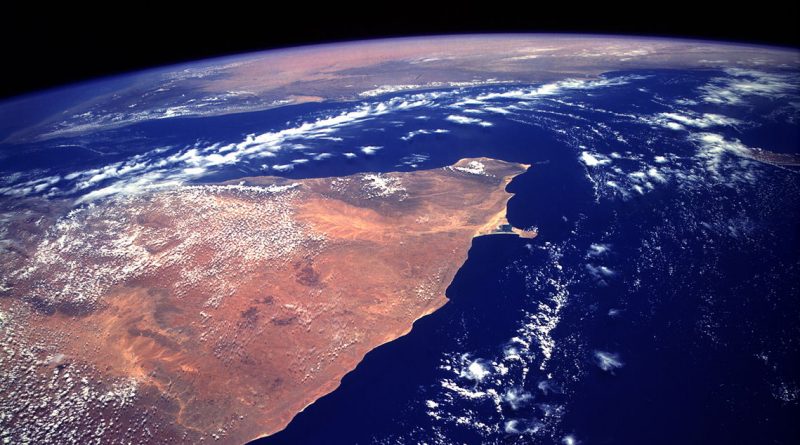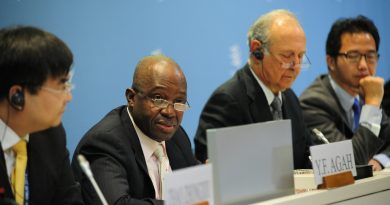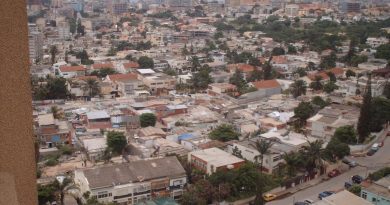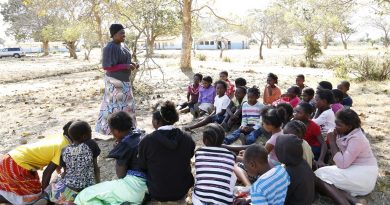Remarks on War, Secession, and Recognition of States in the Horn of Africa
The unravelling of the Soviet Union and Yugoslavia were major events in world politics. Arguably, they changed the international political climate towards being more accepting of secession under specific circumstances. However, secession continues being a highly controversial issue.
This is because it exposes the inherent contradiction between the principle of territorial integrity of states, e.g. enshrined in the United Nations General Assembly Resolution 2625, and the principle of peoples’ right to self-determination, advanced mainly by the earlier UNGA Resolution 1514.
State recognitions after the Cold War
The post-Cold War world has subsequently witnessed the full international recognition of Eritrea (1993), Timor Leste (2002), Montenegro (2006), and South Sudan (2011).
Yet, recognition of new states has remained controversial and arbitrary, and de facto states or territories, such as Kosovo, Palestine, and Western Sahara, have been recognized only by some states, and others, such as Somaliland, have failed to obtain international recognition altogether.
States and borders in Africa
Africa, composed of 54 sovereign countries, has experienced numerous wars since colonialism. Some of these conflicts have occurred between states, but an overwhelming majority has taken place within countries. Generally, the wars in Africa are complex due to complicated networks and relationships between the internal and external actors.
A large number of them is also related to borders and boundaries that African states inherited from colonialism. In 1963 the Organization of African Unity (the predecessor of the African Union) made an explicit commitment to preserve the territorial borders that had been mainly drawn by the colonial powers.
However, these borders tend not to correspond with the territorial limits of ethnic and cultural groups, or nations, which often extend between territories of two or more states. The population groups in such borderlands tend to be furthest from the influence of their corresponding states, and many times excluded from economic development, health, and other services. This, together with the extension of the ethnic kin to the neighboring country, has made many of those inhabiting such borderlands subject to separatist political agitation in the post-colonial context.
At times, domestic elites and ethnic entrepreneurs, as well as external actors, have been successful in exploiting their grievances to generate separatist armed rebellion in which some have demanded self-determination and/or an independent state.
The cases of Eritrea and South Sudan
In Africa, although exceptional, in two occasions such separatist conflicts have resulted in new independent states. This has been the case in Eritrea and South Sudan, which both emerged from protracted liberation war and were dominated by one rebel movement. These movements, the Eritrean Liberation Front and Sudan People’s Liberation Movement/Army, continued to govern the respective states after independence.
Despite the early independence jubilation and somewhat naïve expectations of democratization, both have maintained one-party regimes and political systems restricting civil liberties. Their recognition has also resulted in political instability in the Horn of Africa because it has added two new players in the politics of the troubled sub-region, one actively pursuing its interests that often go against those of the dominant states and the other seeking to balance between survival and implosion.
The post-independence record of Eritrea and South Sudan is likely to deter the most powerful countries from recognizing new states except in exceptional circumstances. This is tragic for territories such as Somaliland, which over the years has shown to be a remarkably functioning de facto state. It has a strong historical and legal case for internationally recognized statehood, and better democratic record than Eritrea and South Sudan, in the neighborhood in which states often limit political and human rights.
The Horn of Africa seen from the NASA Space Shuttle, Photo by NASA / public domain
![]() This work is licensed under a Creative Commons Attribution-NonCommercial-ShareAlike 4.0 International License.
This work is licensed under a Creative Commons Attribution-NonCommercial-ShareAlike 4.0 International License.




